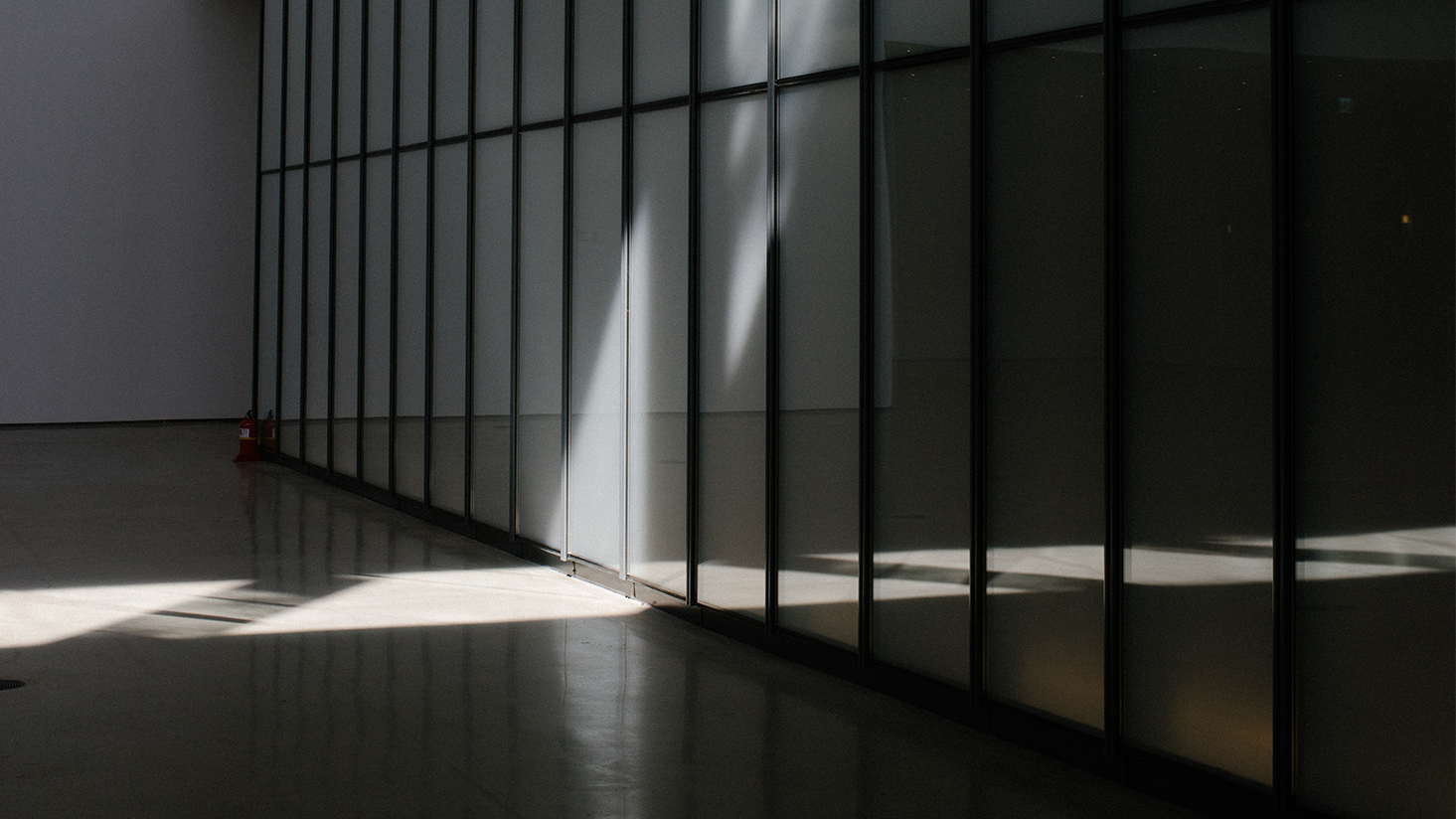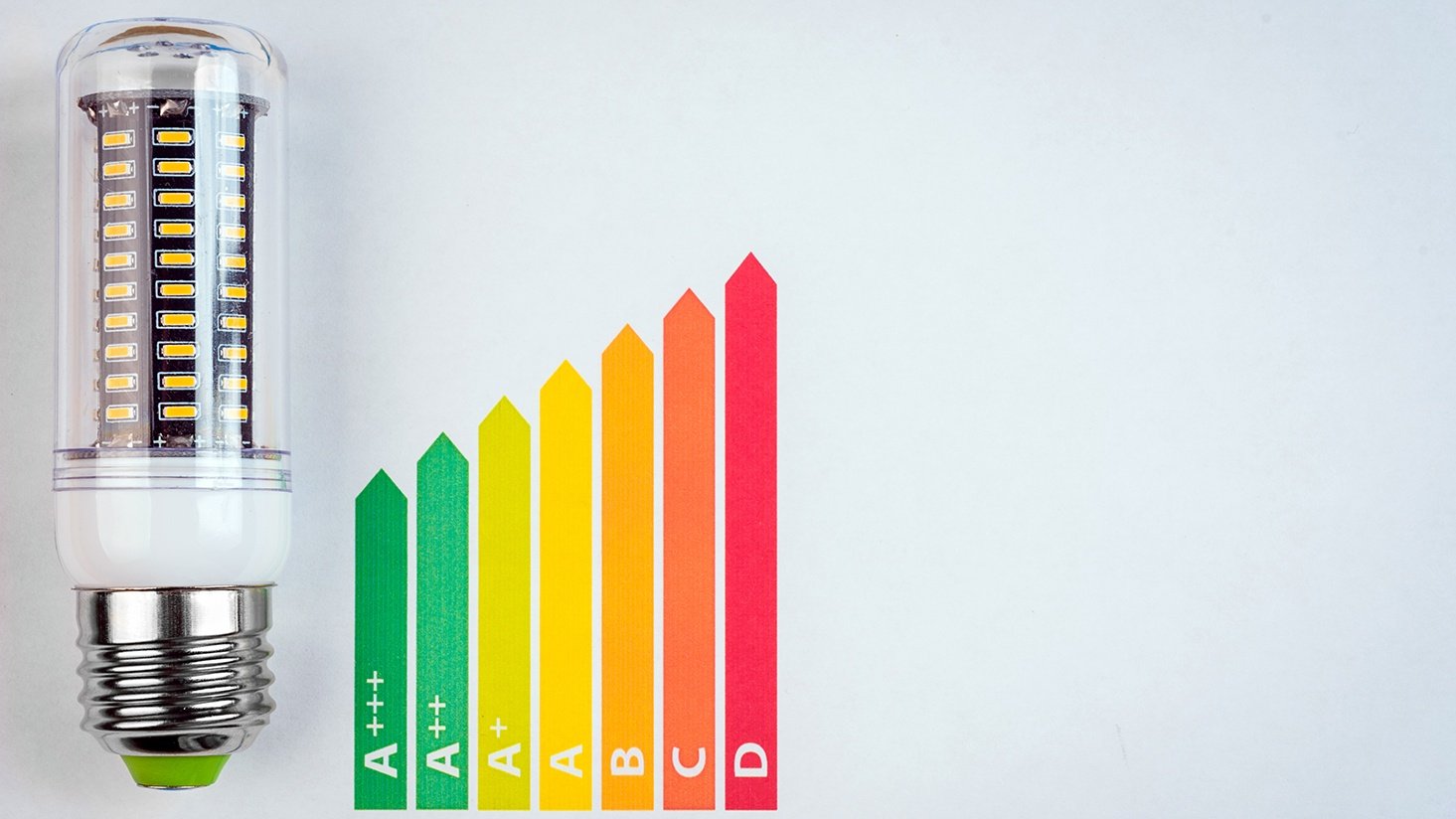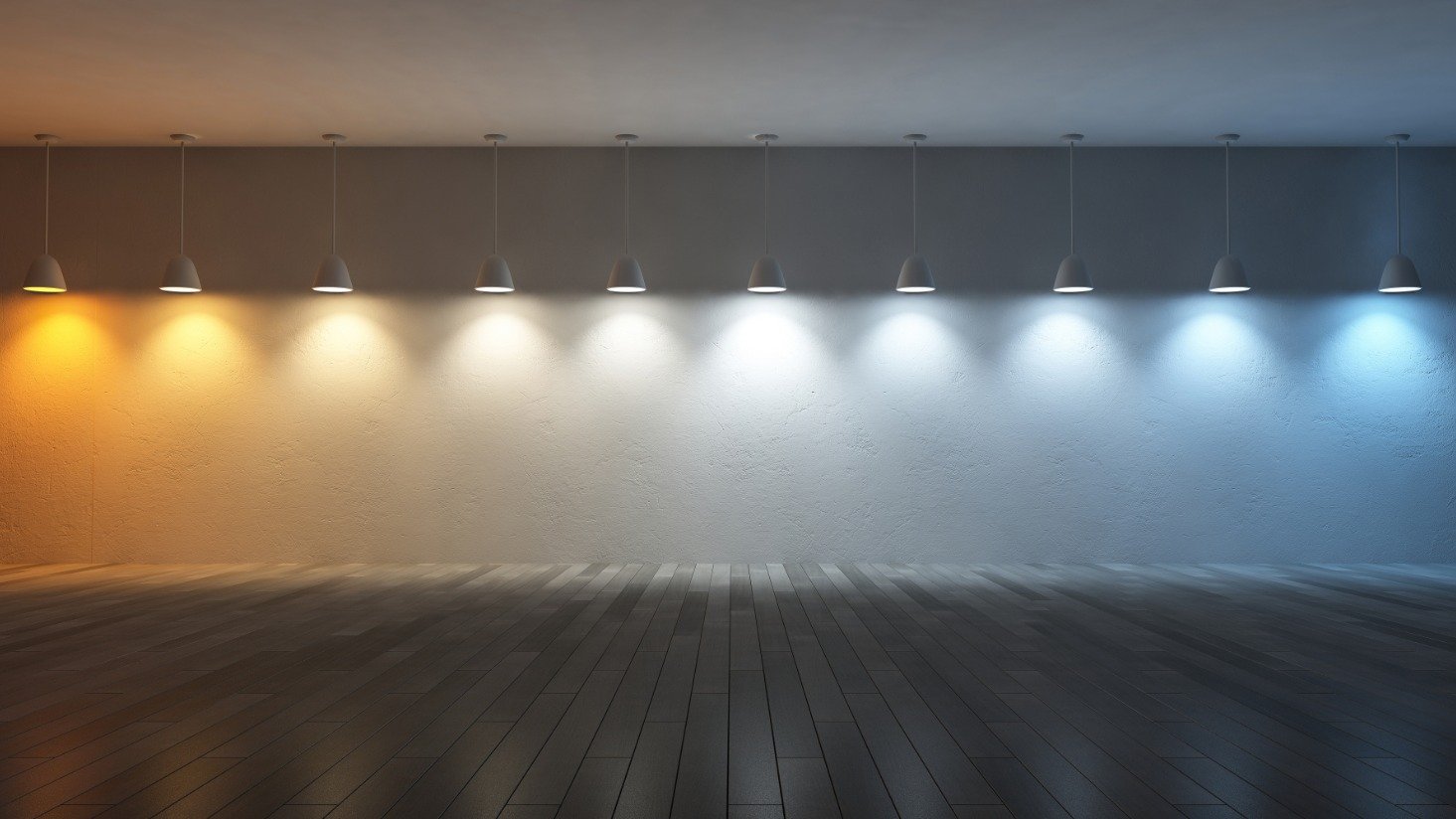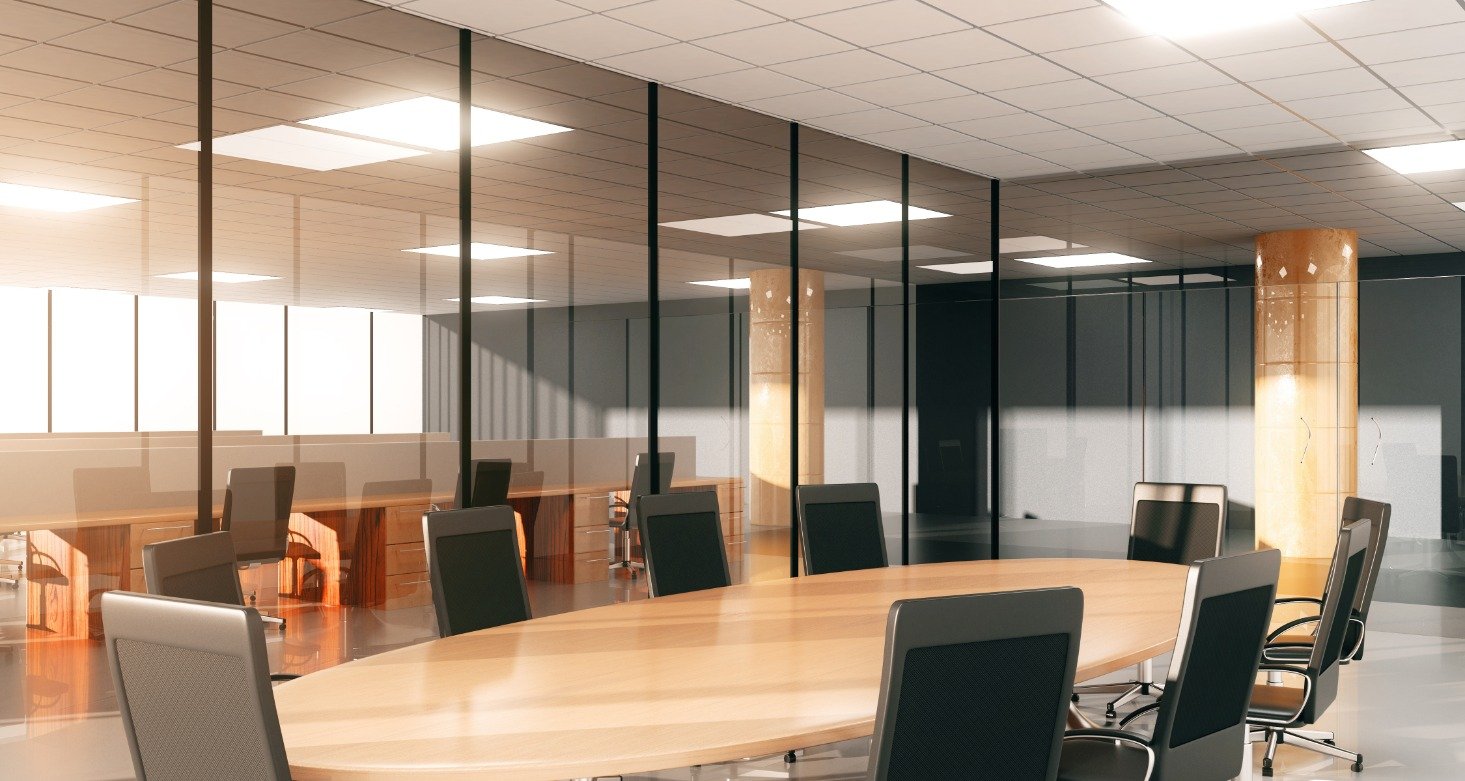Do you feel stuck in LED indecision?
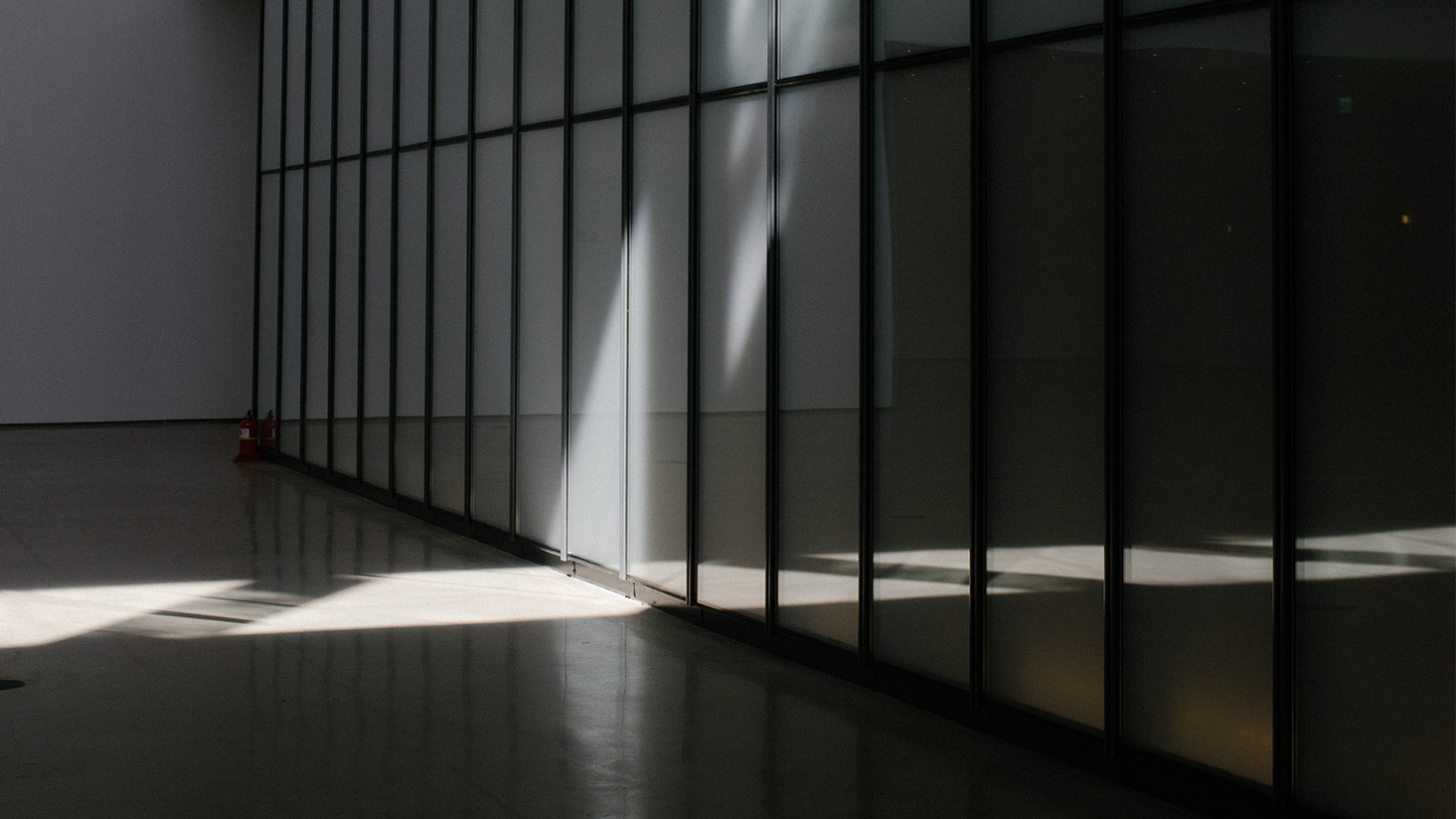
With the number of LED options available today, you may feel stuck by indecision when it comes to updating the lighting for your facility. With the advancement of technology, the decision making process has become much more complicated. Color temperature. Color Rendering Index. Lumen output. And the list goes on and on.
Here are three basic tips to follow when it comes to retrofitting your lighting.
Tip #1: What lighting specs are important to you?
The first tip when it comes to organizing your thought process around purchasing LED lighting is to prioritize the specifications that are most important to you.
LED efficiency and reliability
1. Wattage – Wattage is the measure of how much energy a light bulb will need to illuminate. If you're trying to get the most energy savings, this is a good number to pay attention to.
2. Replacement wattage – Replacement wattage indicates the wattage of the traditional lamp that is being replace by the LED. If you're concerned about keeping somewhat consistent light levels, this will help in balancing energy savings with light output.
3. Rated life – Rated life is how long an LED is intended to operate before reaching 70 percent of its original brightness. If you're concerned about how long the product lasts, this is an important spec. You can also pair this with warranty to get a more complete picture of reliability.
LED light output
1. Lumens – Lumens represent the measurement of how much light the light bulb puts out. This is helpful in maintaining or increasing light levels, but remember that delivered lumens and foot-candles are also critical and may be more helpful readings to consider.
2. Center Beam Candle Power (CBCP) – CBCP measures the intensity of light at the center of a beam of light. This is very useful in creating highlighted areas in retail environments, restaurants, or art galleries.
3. Efficacy - Efficacy is a ratio of how many lumens are produced per watt of energy consumed. If you're looking for energy savings and maximum visual impact, this is a helpful specification.
Visual appeal
1. Correlated Color Temperature (CCT) – CCT is a numerical value that indicates the color of light a particular fixture or bulb will emit. If the atmosphere of your office, store, restaurant, or space is important, this is a critical consideration. Here's a helpful guide on color temperature.
2. Color Rendering Index (CRI) – CRI measures a light source's ability to reflect colors accurately. If you're in an environment where color accuracy is important – like restaurants or retail – CRI is a must to factor into your decision.
3. Dimmable – LEDs don't always communicate well with dimmers, so if you need to dim your lighting, be sure the lamp you are buying is rate as "dimmable".
Tip #2: Align yourself with a reputable LED manufacturer
We talk a lot about the topic of aligning yourself with a reputable LED manufacturer because the consequences of this decision can have a big impact. Even though your LEDs may not last forever, if you have a manufacturer that has a history of customer support, you know you can count on them to stand behind their product. You want to make sure you have a company to back you with warranty and product support.
In order to get a sense for whether a company has a strong foundation, here are a few vital questions you need to ask:
- Has the company been in business for more than five years?
- Is the company's brand a trusted name?
- Is the manufacturing based in the United States?
- Does the company have any open product recalls?
- What's the largest project the company has completed?
There isn't necessarily a right to wrong answer from a manufacturer on these questions, but their answers will give you valuable insight into how they view their customers and that their plan for the future is.
Tip #3: Consider the scenario you're facing
Once you've set your priorities and evaluated the manufacturers you're considering, you can apply what you've learned to the scenario you're in. Based on our experience, here are some LED buying recommendations that may help:
Upfront cost-sensitive
If you're upfront cost-sensitive, consider the latest low-cost or value-line LEDs from the major manufacturers. These products will typically carry a rated life of around 11,000 hours, so you will get a similar life rating to a CFL with the energy savings of LED.
Savings Hunter
If you're an overall savings hunter, current prices on Energy Star rated screw-in LEDs are a great retrofit option. From general lighting to accent lighting, current LED retrofit lamps will last upwards of 25,000 hours, carry a three to five year warranty, and provide exceptional energy savings. You may also consider an LED fixture, which will generally give the greatest total savings.
Designer
Are you a designer or someone who's concerned about the lighting design of a space? The advancements in color quality and innovative features like lamps that get warmer as they dim are making high-end screw-in retrofit products a great option for galleries, high-end offices, retail spaces, and restaurants.
New Construction
Are you in charge of new construction projects? The significant savings and ease of maintenance you gain from LED fixtures far outweighs the additional cost of purchasing standard light fixtures with standard or LED lamps.
Remodel
Most of the time, you can get the benefits of LED fixtures for nearly the same price that you would pay for hard-to-find lens replacements plus screw-in LED retrofits or brand new standard light fixtures. There are also LED retrofit kits that could be worth considering since they typically update the look of the overall fixture while improving efficiency.
To see what products we recommend for each of the scenarios listed above, download our LED Buying Guide.
